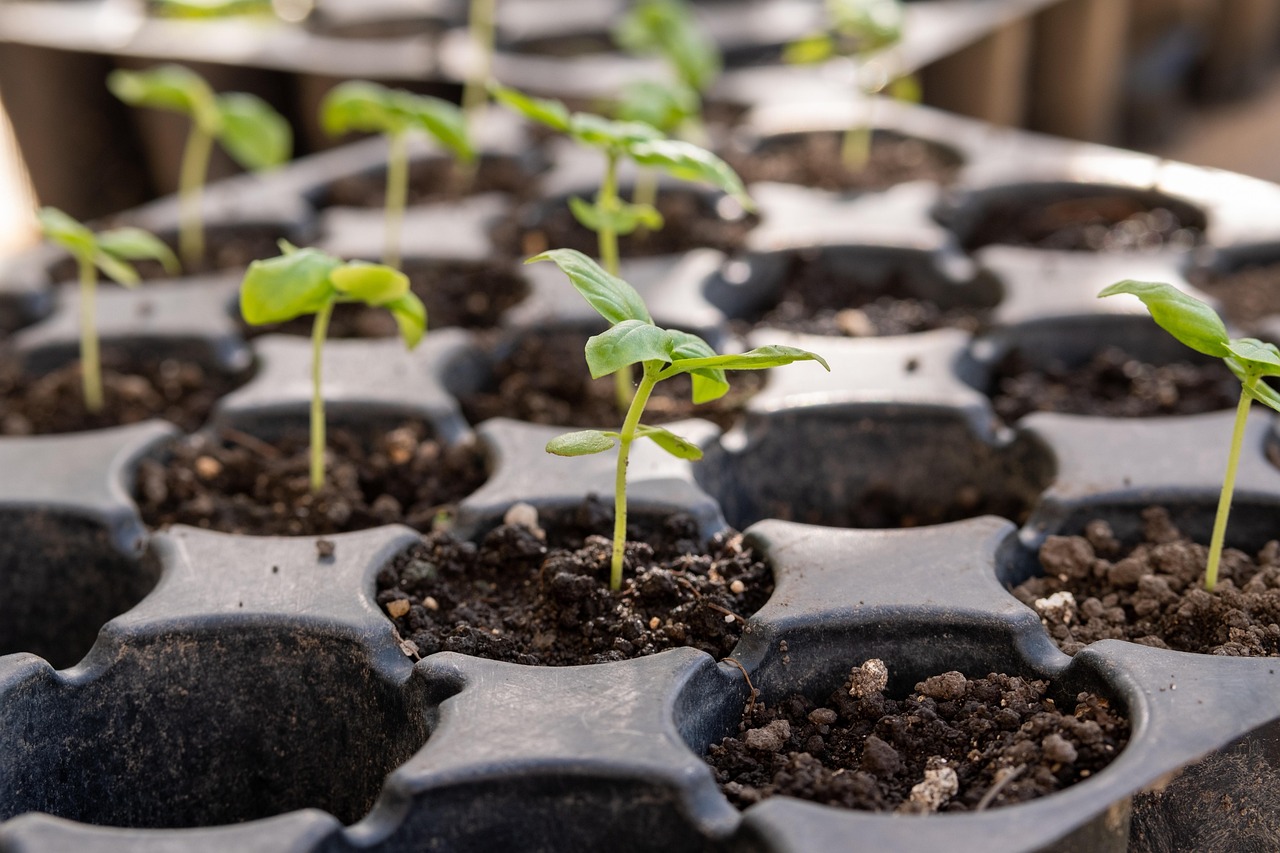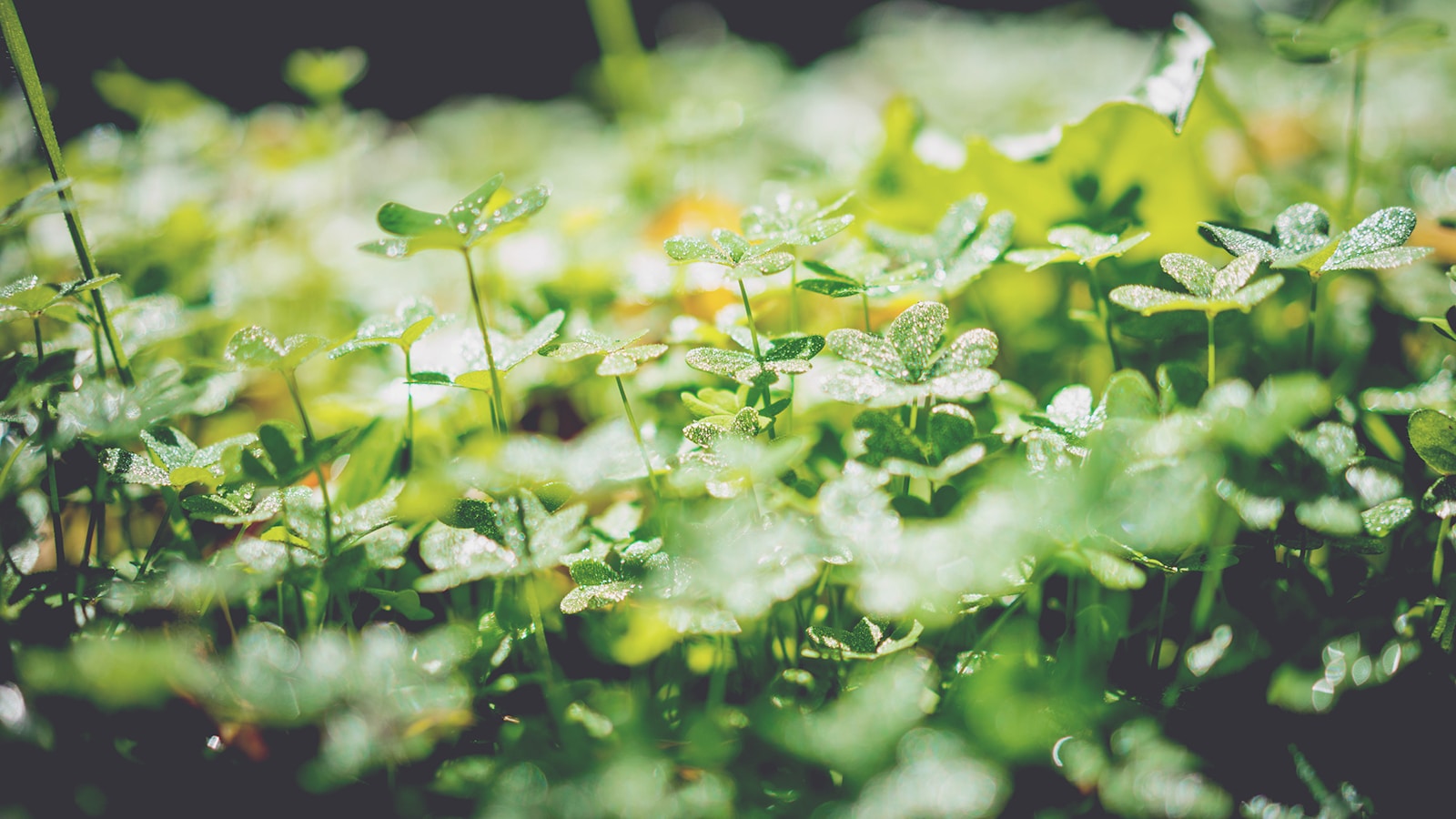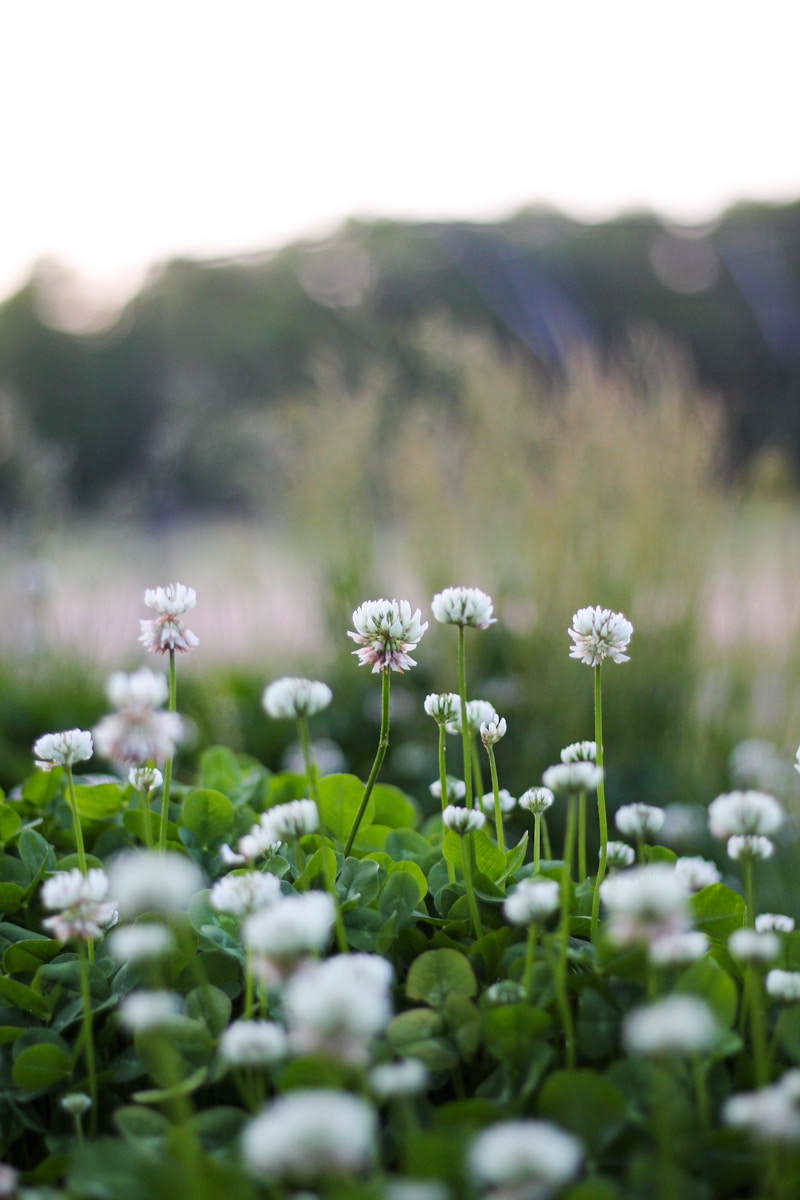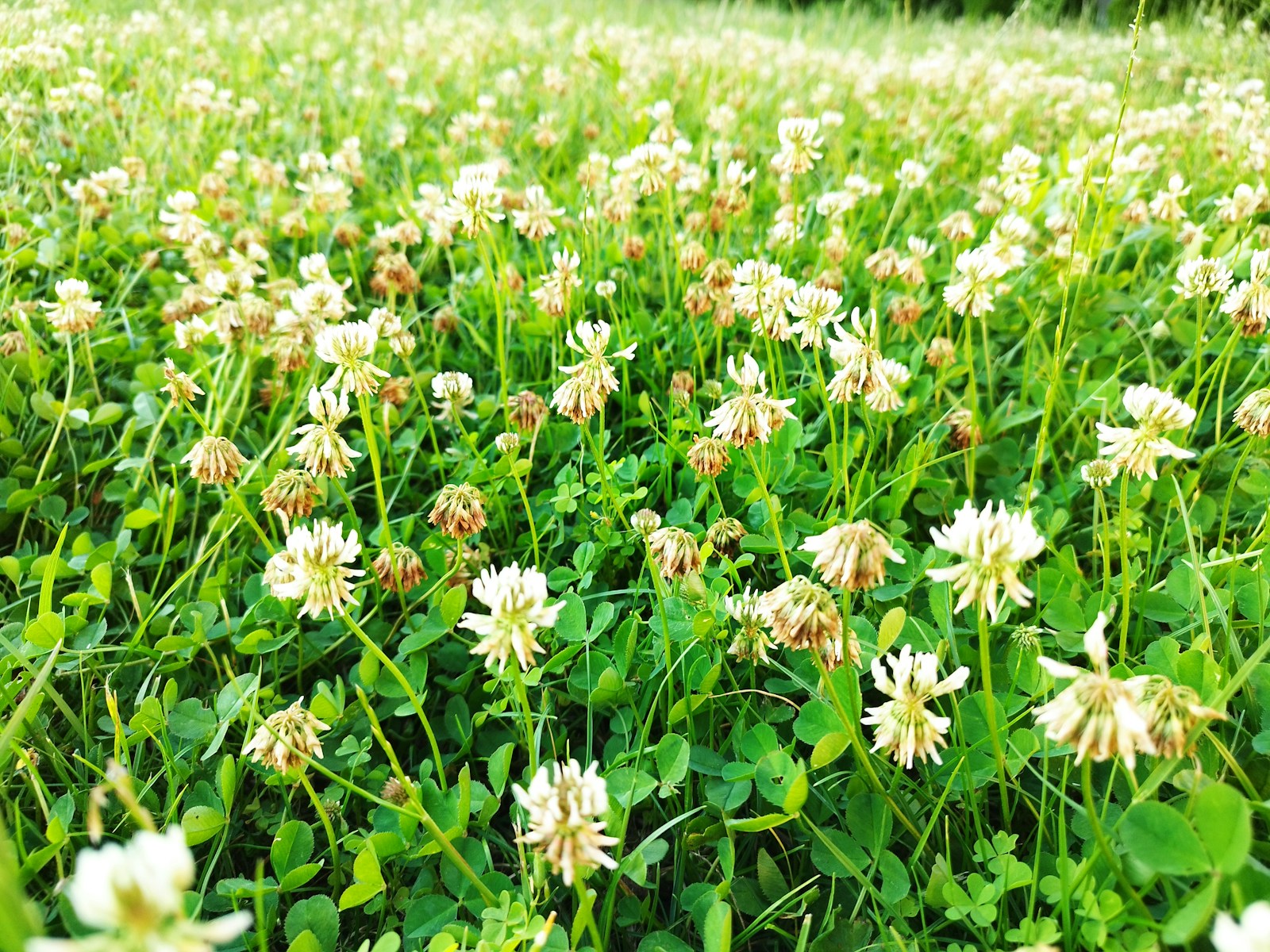Starting seeds indoors is a rewarding way to jumpstart your garden, but what if you don’t have grow lights? Don’t worry—you don’t need expensive equipment to grow healthy seedlings. With the right techniques, you can successfully start seeds indoors using natural light and a few simple tools. In this guide, we’ll walk you through everything you need to know about how to start seeds indoors without grow lights, from choosing the right location to troubleshooting common issues.
Why Start Seeds Indoors Without Grow Lights?
Starting seeds indoors without grow lights is not only cost-effective but also environmentally friendly. By relying on natural sunlight, you reduce energy consumption and create a more sustainable gardening practice. Plus, it’s a great way to work with what you already have, whether you’re in a sunny apartment in San Diego or a cozy home in New England.
Pros of Starting Seeds Without Grow Lights
- Cost Savings: No need to invest in expensive grow lights or electricity.
- Sustainability: Reduces your carbon footprint by using natural light.
- Simplicity: Perfect for beginners or those with limited space.
Cons to Consider
- Dependence on Weather: Cloudy days or limited sunlight can slow growth.
- Space Limitations: You’ll need access to a sunny windowsill or similar spot.
Choosing the Right Location for Natural Light
The key to starting seeds indoors without grow lights is finding the right location. Not all windows are created equal, so here’s how to choose the best spot:
South-Facing Windows Are Ideal
In the Northern Hemisphere, south-facing windows receive the most sunlight throughout the day. If you’re in a city like Austin, Texas, or Phoenix, Arizona, you’ll have plenty of natural light to work with.
East or West-Facing Windows Work Too
If you don’t have a south-facing window, east or west-facing windows can also provide sufficient light. East-facing windows offer gentle morning sun, while west-facing windows provide stronger afternoon light.
Avoid North-Facing Windows
North-facing windows receive the least amount of sunlight, making them a poor choice for seed starting. If this is your only option, consider supplementing with reflective surfaces (more on that later).
Essential Supplies for Starting Seeds Indoors
You don’t need fancy equipment to start seeds indoors. Here’s a list of basic supplies:
- Seed Trays or Pots: Use biodegradable pots or recycled containers with drainage holes.
- Seed-Starting Mix: A lightweight, sterile mix designed for seedlings.
- Seeds: Choose high-quality seeds from reputable suppliers.
- Watering Can or Spray Bottle: For gentle watering.
- Plastic Wrap or Dome: To retain moisture during germination.
- Reflective Surfaces: Aluminum foil or white cardboard to maximize light exposure.
Step-by-Step Guide to Starting Seeds Indoors Without Grow Lights
Step 1: Prepare Your Containers
Fill your seed trays or pots with seed-starting mix. Moisten the mix before planting to ensure even moisture.
Step 2: Plant Your Seeds
Follow the seed packet instructions for planting depth and spacing. Smaller seeds can be sprinkled on the surface, while larger seeds should be buried slightly.
Step 3: Create a Mini Greenhouse
Cover your containers with plastic wrap or a dome to retain moisture and warmth. This mimics a greenhouse environment, encouraging germination.
Step 4: Place in a Sunny Spot
Position your containers in a south-facing window or another sunny location. Rotate the trays daily to ensure even light exposure.
Step 5: Use Reflective Surfaces
Place aluminum foil or white cardboard around your containers to reflect light onto the seedlings. This simple trick can significantly boost light levels.
Step 6: Water Gently
Keep the soil moist but not waterlogged. A spray bottle is ideal for gentle watering.
Step 7: Monitor and Adjust
Watch for signs of leggy seedlings (stretching toward the light), which indicate insufficient light. If this happens, move your setup to a brighter location or add more reflective surfaces.
Common Mistakes and How to Avoid Them
Overwatering
Too much water can lead to mold or root rot. Always check the soil moisture before watering.
Insufficient Light
If your seedlings are leggy or pale, they need more light. Move them to a sunnier spot or add reflective materials.
Planting Too Deeply
Planting seeds too deep can prevent germination. Follow the recommended depth on the seed packet.
Environmental Impact and Sustainability
Starting seeds indoors without grow lights is an eco-friendly choice. By relying on natural sunlight, you reduce energy consumption and minimize your carbon footprint. Additionally, using biodegradable pots and organic seed-starting mixes further enhances sustainability.
Real-Life Success Story
Take inspiration from Sarah, a gardener in Portland, Oregon, who successfully started tomato and pepper seeds in her east-facing apartment window. By using reflective foil and rotating her trays daily, she grew robust seedlings ready for transplanting by spring.
Final Thoughts
Starting seeds indoors without grow lights is a simple, cost-effective, and sustainable way to grow your garden. By choosing the right location, using reflective surfaces, and following best practices, you can nurture healthy seedlings ready for the outdoors. Whether you’re in sunny Florida or cloudy Seattle, these tips will help you succeed.



